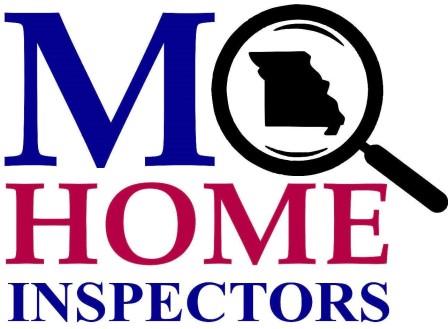Mold Basics
- The key to mold control is understanding how moisture gets into your home (See illustration).
- If mold is a problem in your home, you should clean up the mold promptly and fix the water problem.
- It is important to dry water-damaged areas and items within 24 to 48 hours to prevent mold growth.
Why is mold growing in my home?
Molds are part of the natural environment. Outdoors, molds play a part in nature by breaking down dead organic matter, such as fallen leaves and dead trees. But indoors, mold growth should be avoided. American Conference of Governmental Industrial Hygienists (ACGIH) states in its Bioaerosols: Assessment and Control (1999 version) publication that indoor growth of fungus is inappropriate and should be removed.
Molds reproduce by means of tiny spores; the spores are invisible to the naked eye and float through outdoor and indoor air. Mold may begin growing indoors when mold spores land on surfaces that are wet. There are many types of mold, and none of them will grow without water, moisture or high humidity.
Can mold cause health problems?
Molds are usually not a problem indoors, unless mold spores land on a wet or damp spot and begin growing. Molds have the potential to cause health problems. Molds produce allergens (substances that can cause allergic reactions), irritants and, in some cases, potentially toxic substances (mycotoxins). Inhaling or touching mold or mold spores may cause allergic reactions or growth on human tissue in sensitive individuals. Allergic responses include hay fever-type symptoms, such as sneezing, runny nose, red eyes, and skin rash (dermatitis). Allergic reactions to mold are common. They can be immediate or delayed. Molds can also cause asthma attacks in people with asthma who are allergic to mold. In addition, mold exposure can irritate the eyes, skin, nose, throat and lungs of both mold-allergic and non-allergic people. Symptoms other than the allergic and irritant types are not commonly reported as a result of inhaling mold. Research on mold and health effects is ongoing. This article provides a brief overview; it does not describe all potential health effects related to mold exposure. For more detailed information, consult a health professional who has completed studies in mold. You may also wish to consult your local health department.
Try not to run the heating and cooling system if you know or suspect the system is contaminated with mold. this could spresd the mold throughoput the house.
How do I get rid of mold?
It is impossible to get rid of all mold and mold spores indoors. Some mold spores will be found floating through the air and in house dust. Indoor mold growth can and should be prevented or controlled by controlling moisture indoors. If there is mold growth in your home, you must clean up the mold and fix the water problem. If you clean up the mold but don't fix the water problem, then, most likely, the mold problem will recur.
Who should do the cleanup?
This depends on a number of factors. One consideration is the size of the mold problem. If the moldy area is less than about 10 square feet (less than roughly a 3-foot by 3-foot patch) in most cases you can handle the job yourself, as long as nobody in the home is having any chronic sysmptoms, by following the guidelines below.
If there has been a lot of water damage, and/or mold growth covers more than 10 square feet, consult with a mold assessor (trained in how to remove mold properly).
If you choose to hire a contractor (mold remediator) to do the cleanup, make sure the contractor has experience cleaning up mold. Check references and ask the contractor to follow the recommendations of the Institute of Inspection, Cleaning and Restoration Certification (IICRC), the guidelines of the American Conference of Governmental Industrial Hygenists (ACGIH), or other guidelines from professional or government organizations.
If the water and/or mold damage was caused by sewage or other contaminated water, then call in a professional drying out company who has experience cleaning and fixing buildings damaged by contaminated water. Sewage and water cleanup should be performed by ANS/IICRC S500 guidelines.
If you have health concerns, consult a health professional before starting cleanup.

